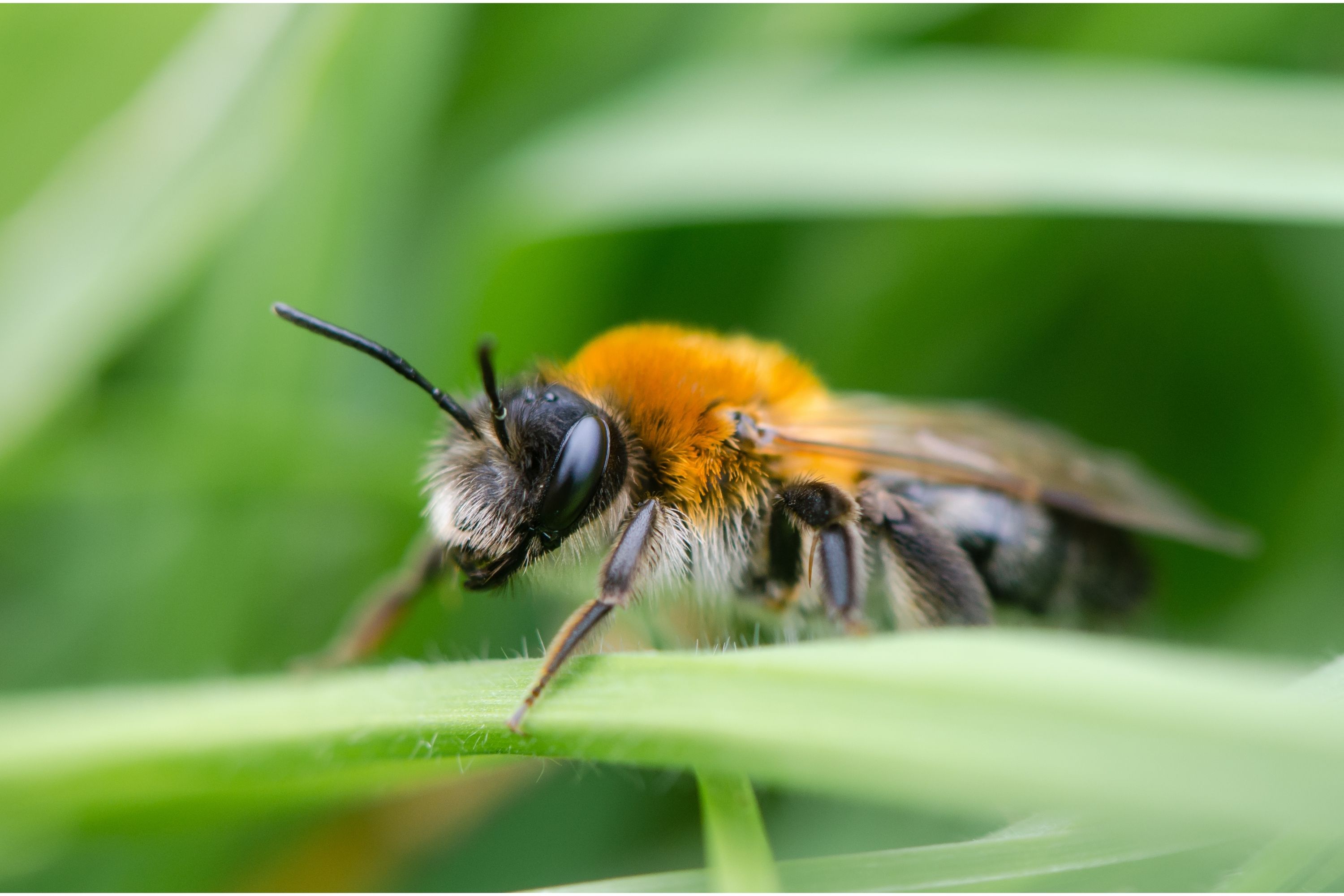Tawny mining bee
(Andrena fulva)

Description
Andrena fulva, is a European species of the sand bee (Andrena) genus. The males are 10–12 mm (0.4–0.5 in) and the females 8–10 mm (0.3–0.4 in) long. The female is covered with fox-red hair on the dorsal surface of its thorax and abdomen and black hair on its head and ventral surface. The male is less distinctive, being clad in golden-brown or reddish-brown hairs, with some long white hairs on the face, and a tooth on each of the mandibles. The tawny mining bee lives in Europe, ranging from the Balkans to southern Scandinavia, the United Kingdom and Ireland. It lives among short vegetation in light woodlands and dry grasslands, and also in parks and gardens. It is widely distributed but has a low population density. It is present in lowland England and Wales and at a few sites in southern Scotland. In Ireland it is known only from County Kilkenny, and may be regionally extinct there. The tawny mining bee flies from March until May. It prefers to fly to a range of different nectar-producing and pollen-bearing plants; these include beech (Fagus sylvatica), blackthorn (Prunus spinosa), buttercup (Ranunculus sp.), Daffodils, garlic mustard (Alliaria petiolata), gooseberry (Ribes uva-crispa), hawthorn (Crataegus monogyna), holly (Ilex aquifolium), maple (Acer sp.), oak (Quercus sp.), plum (Prunus domestica), sallow (Salix sp.), sycamore (Acer pseudoplatanus) and wayfaring-tree (Viburnum lantana).
Taxonomic tree:







